Readying your EV for the road
With the growing popularity of electric vehicles (EVs), more drivers are hitting the road in their EVs for long-distance travel. While planning a long road trip in an EV can initially seem daunting, advancements in charging infrastructure and vehicle range have made it easier than ever. With a bit of preparation, you can enjoy a smooth, stress-free, and eco-friendly journey. Below are some essential tips to help you make the most of your road trip.
1. Plan Your Charging Stops in Advance
Unlike gas stations, which are readily available almost everywhere, charging stations still require some planning. However, with the expansion of charging networks, it’s becoming easier to find chargers along major highways. Use apps or your EV’s built-in navigation to map out your route and locate charging stations along the way.
When planning your trip, consider:
- Fast Charging Stations: Look for DC fast chargers (Level 3), which can charge your battery to 80% in 30-45 minutes. These are ideal for long trips where time efficiency matters.
- Overnight Stops: If you're staying overnight, choose accommodations that offer Level 2 chargers or have charging stations nearby. Charging overnight can save time and ensure you're ready to hit the road the next day.

2. Understand Your EV's Range
Knowing your EV’s range is crucial for long trips. Your vehicle's range can vary depending on factors such as driving speed, weather conditions, and load weight. For example, driving at high speeds on highways or in cold weather can reduce range, while more conservative driving and milder conditions may extend it.
Before setting off, familiarize yourself with how far your car can go on a full charge and account for a slight buffer. It’s always a good idea to plan for extra range in case you need to adjust your route or encounter unexpected detours.
3. Maximize Battery Efficiency
To get the most out of your car’s range during a road trip, practice energy-efficient driving techniques:
- Use Regenerative Braking: Most EVs have regenerative braking, which recovers energy during deceleration and feeds it back into the battery. This feature can maximize range, especially on downhill sections.
- Drive Steadily: Maintaining a steady speed can significantly extend your range. Sudden acceleration or frequent braking drains the battery faster.
- Monitor Climate Controls: Heating or cooling your car can drain battery power. To conserve energy, consider preconditioning (or preheating) your car while it’s still plugged in so it’s at a comfortable temperature when you start your journey.
4. Consider a Portable Charging Option

To avoid the hassle of ensuring you have a charging cable (not to mention having the correct adapter), having a portable charger makes EV charging on the go easier. Battery Tender has 16 AMP Level 1 and 32 AMP Level 1 + 2 options that plug directly into a standard wall plug. With a portable charger, you can put range anxiety at ease, knowing that you have a reliable option to charge while on the road. While traveling, simply plug a portable charger into a standard wall plug either at a friend’s house, at a hotel, or in a parking garage (with permission, of course).
5. Allow Time for Charging
Unlike refueling at a gas station, EV charging can take more time, especially if you’re relying on slower chargers. Be sure to account for this in your trip itinerary. A typical fast-charging stop can take 30-60 minutes, giving you time to rest, grab a meal, or stretch your legs. If you're using slower Level 2 chargers, you may need to charge for several hours or overnight.
Build in extra time for charging and plan fun activities or meals around your stops. Some charging stations are located near scenic viewpoints, parks, or interesting landmarks, so you can explore while your car charges.
6. Check for Charging Network Memberships
Before your trip, sign up for memberships or create accounts with popular charging networks. Many networks require a membership or app for access, and some offer discounted rates to members. Access to multiple networks can make your journey smoother and provide more charging options.
7. Have a Backup Plan
As with any road trip, it’s good to have a backup plan in case something goes wrong. While charging infrastructure is improving, unexpected circumstances such as charger outages or full stations can happen. Have alternative charging stations or nearby routes in mind that provide additional charging options.
If you’re traveling to a remote area, consider staying at places that offer charging or — as mentioned above — carrying a backup power source like a portable charger like the Battery Tender® eCharge 32 AMP Level 1 + Level 2 Portable EV Charger.
8. Enjoy the Journey!
Taking an electric vehicle on a long road trip offers unique advantages. With charging breaks, you’ll have more opportunities to explore new places, relax, and recharge (literally and figuratively). EVs are also much quieter, providing a smoother and more peaceful ride.
As more charging stations become available and EV technology improves, long-distance EV travel is becoming increasingly convenient and enjoyable. With careful planning, you can have an amazing road trip with fewer emissions and a lower environmental impact.
Conclusion
Long road trips in an electric vehicle are entirely possible with the proper planning and mindset. By preparing for charging stops, understanding your vehicle’s range, and practicing efficient driving habits, you can enjoy a worry-free trip. As you hit the road, remember that taking an EV for a long trip is not just about getting from point A to B—it's about embracing the journey and driving toward a more sustainable future.

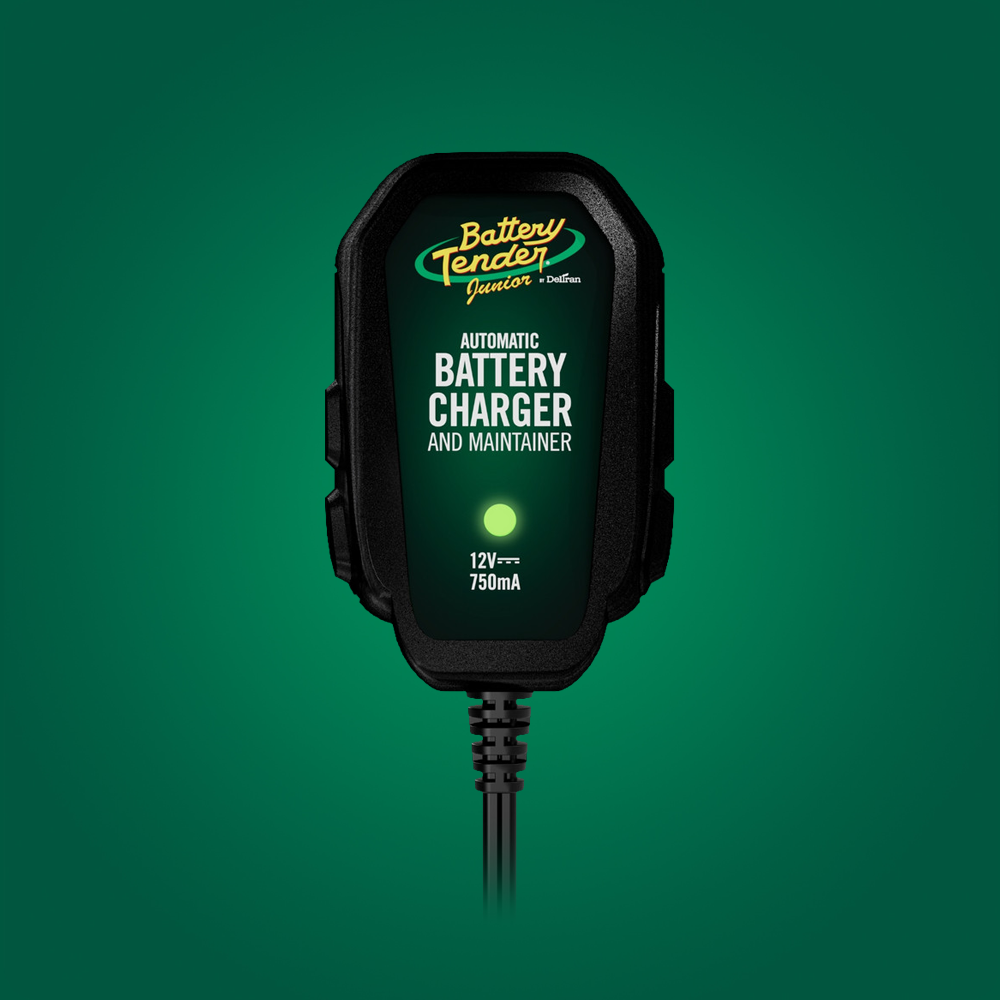
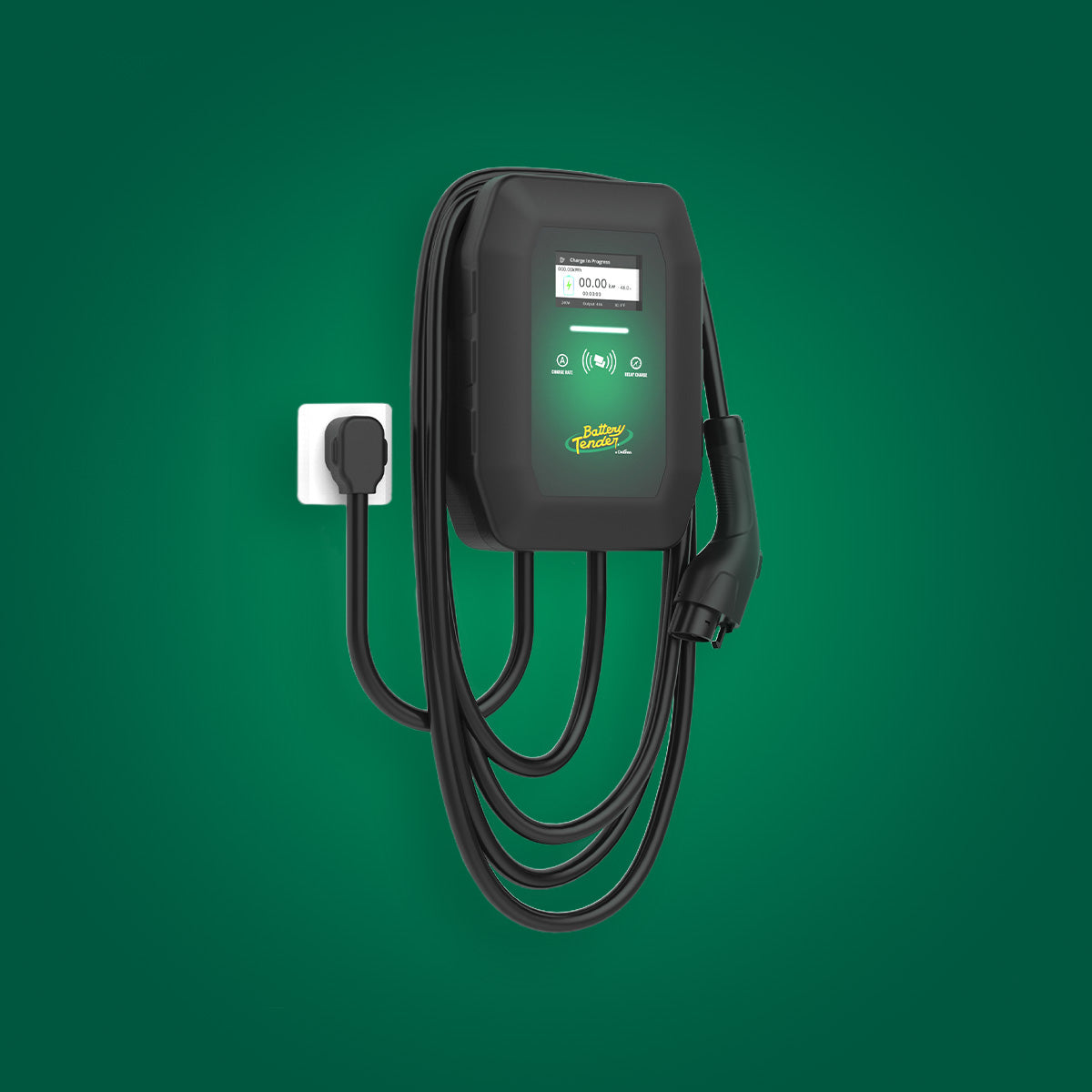

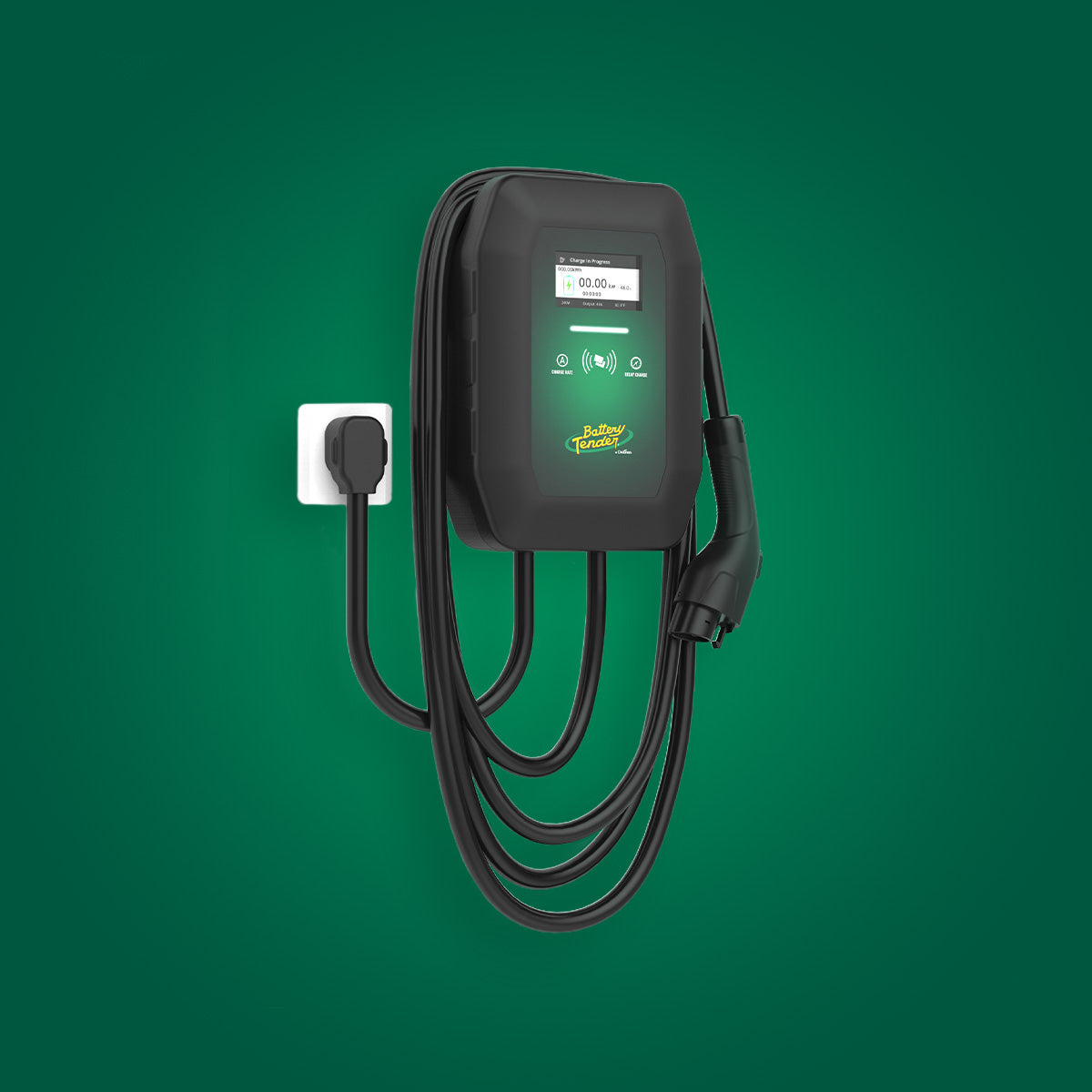
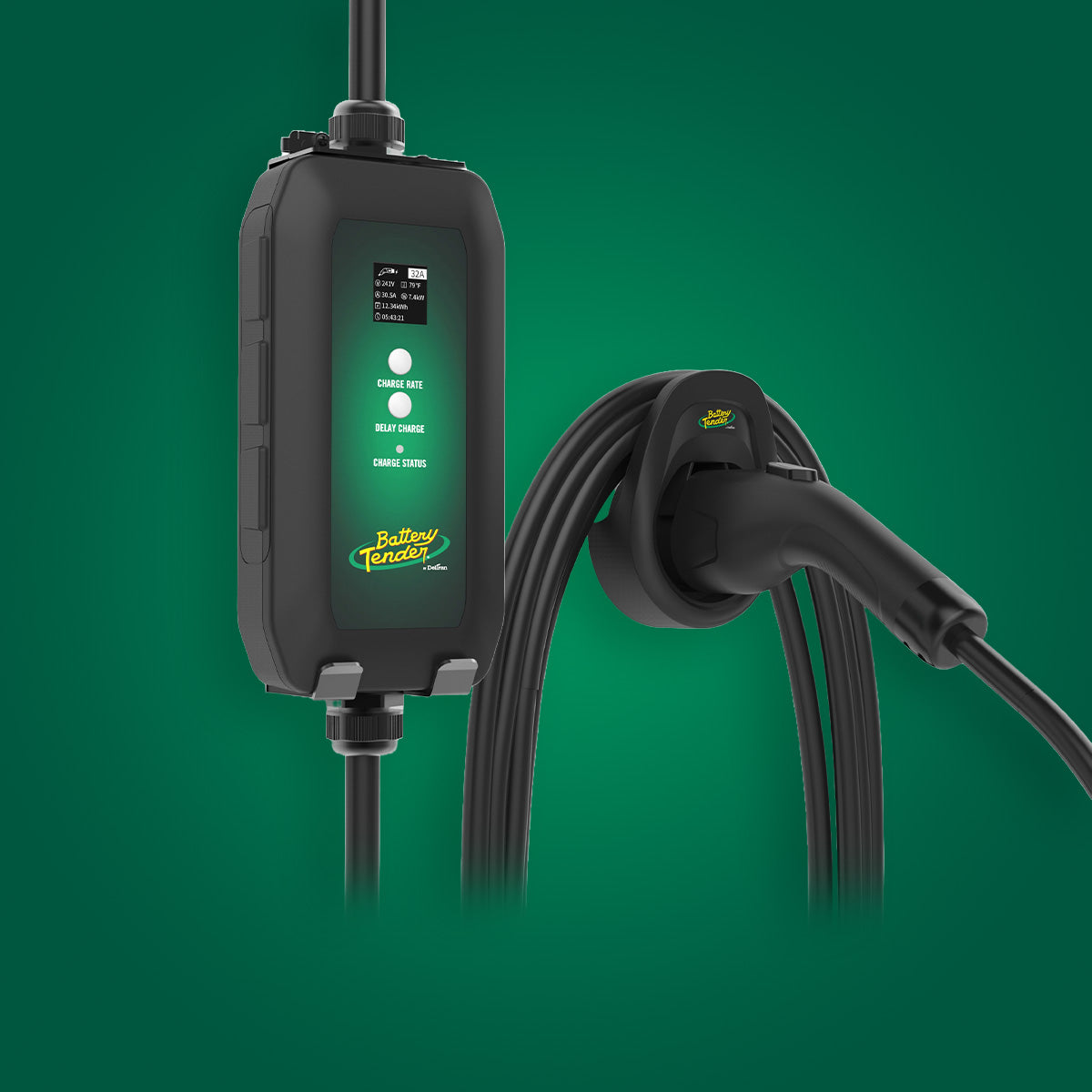


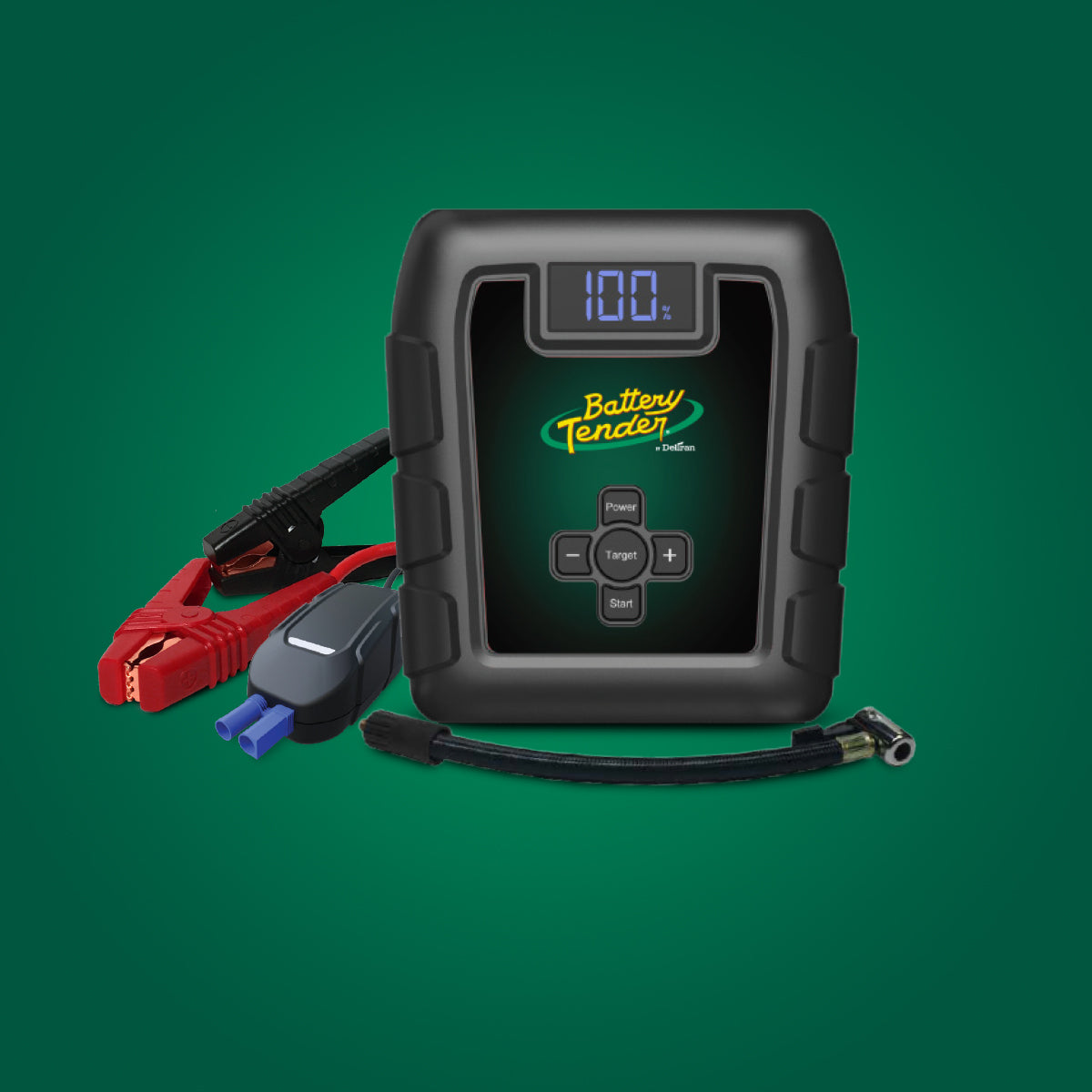










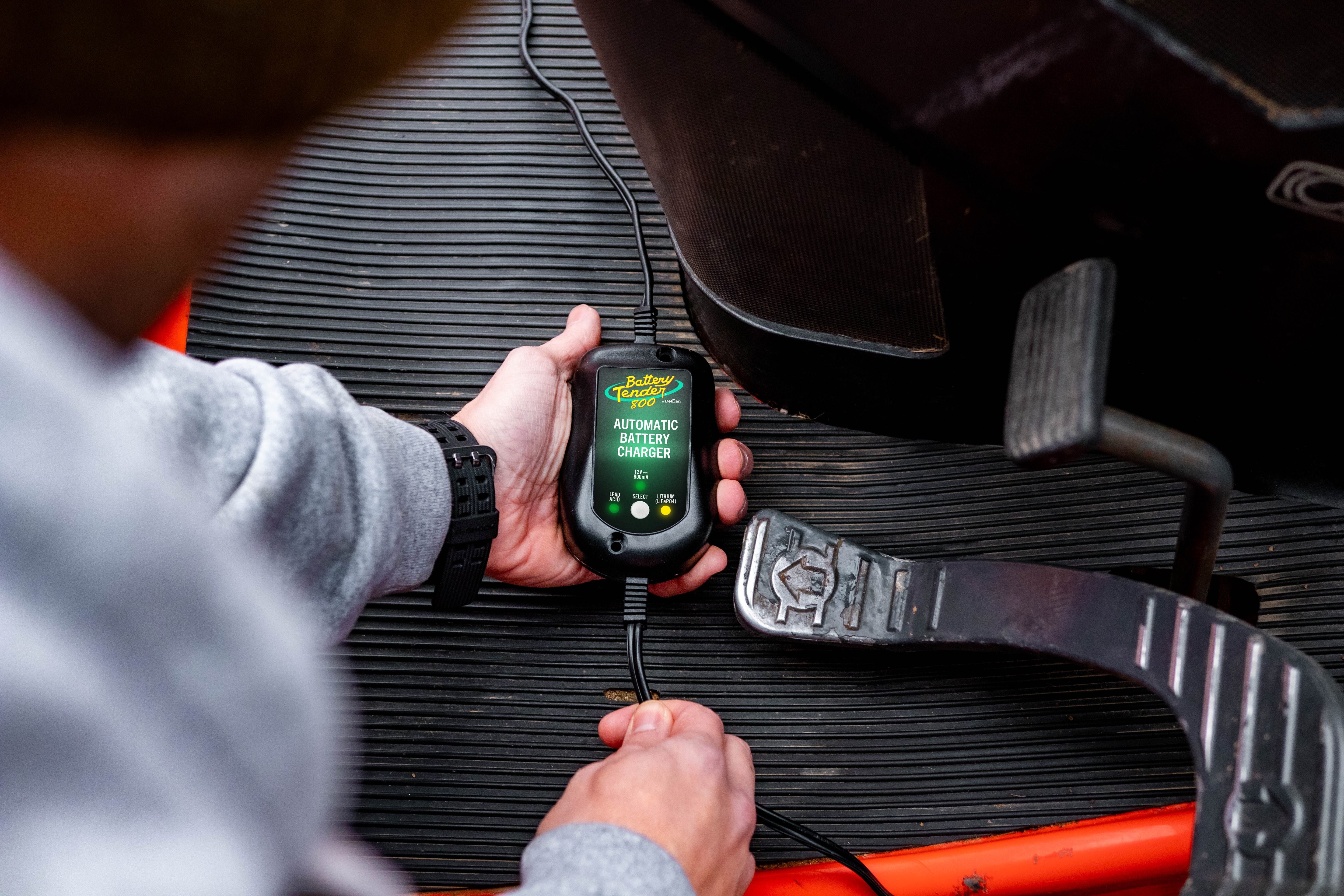
Leave a comment
เว็บไซต์นี้ได้รับการคุ้มครองโดย hCaptcha และมีการนำนโยบายความเป็นส่วนตัวของ hCaptcha และข้อกำหนดในการใช้บริการมาใช้